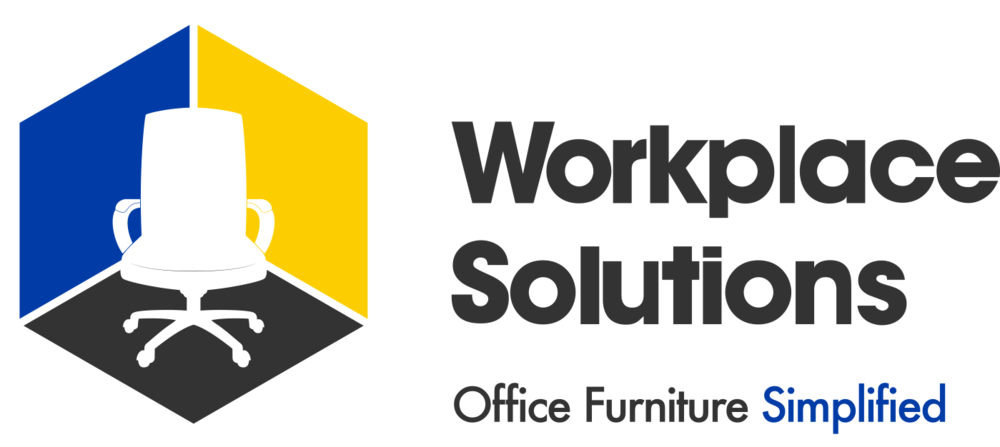Your guide to the world of active sitting, including the benefits of active sitting chairs, and a look at the various types available.
What is active sitting?
Active or dynamic sitting is a way of keeping your body moving whilst seated, encouraging the same natural movements that take place when you are standing or walking. Through active sitting, you can improve your posture, strengthen your back and core muscles and reduce the overall stress placed on your body through a sedentary lifestyle. But why is this important?
Whilst a regular exercise routine is hugely beneficial to your body, it simply doesn’t make up for prolonged periods of sitting. Countless research projects have shown how harmful sedentary lifestyles are contributing to a whole range of illnesses, from diabetes to heart disease.
One of the most harmful (and complained about) aspects of extended sitting is the loss of core strength, leading to a stiff back and slouching. In fact, in your back, it’s not just muscles going stiff, but the collagen in the ligaments and joints hardening as a result of poor circulation.
The benefits of active sitting
Active sitting is increasingly becoming recognised as a way of reducing the impact sitting has on our bodies, as explained by Flokk Senior Ergonomist Sukhi Assee; “Active sitting has many benefits. First and foremost, the specific products designed for active sitting encourage core strength. They achieve this by working the muscles that include upper and lower abdominal muscles, shoulder, and lateral muscles that work their way down to the hips.
In contrast, A C-shape posture can cause muscle weakness, fatigue, and stiffness. Active muscles promote better blood and oxygen circulation around the body, encouraging consistent muscle contraction, which revitalizes the mind and body.”
It’s all about changing your posture as frequently and as intuitively as possible, without impacting on your focus and concentration. Research shows that humans naturally change their posture two to three times per minute whilst in a standing position, which engages your muscles that support posture and promote core strength. In a normal chair, these muscles are relaxed, and when sat for hours on end, weaken.
Examples of Active Seating
Active sitting is achieved by using an active chair. These are chairs that are designed specifically to promote unconscious movement. They often require a move open angle between your legs and torso, making your legs do more work, which in turn takes the pressure off your whole lumbar region and reduces strain on your spinal discs. In the long run, it will alleviate backpain caused through regular static sitting.
Active seating comes in a variety of formats, from balance stools to specially designed task chairs that more closely resemble traditional desk chairs.
Saddle chairs
The HÅG Capisco is an award-winning design from Flokk brand HÅG. Designed by Peter Opsvik in the 1980s, it’s unique shape challenged the pre-existing concepts of seating and offered a brand new active sitting experience. What’s more, these chairs are popular among all ages and are perfect chairs to use for your entire working day.
Balance Stools
Balance stools are another form of active seating which are great in short bursts or for more active individuals. By constantly keeping your core engaged to stay balanced, strengthening your back and leg muscles whilst keeping your spine aligned. They take a bit of getting used to initially, but once you get the balance down, you should be able to work comfortably and productively.
Traditional Desk Chairs
For some people saddle chairs and balance stools don’t appeal, but there are more ‘traditional’ options available. Every HÅG chair features HÅG in balance technology, encouraging the unconscious micro-movements necessary, as well as foot grips on the chair to help keep your legs engaged as part of the seating experience.
Likewise, Flokk brand RH design chairs that provide unique movement points in your knee and hip with a frictionless movement that ensures perfect harmony between support and movement while seated. A pronounced small cushion between the shoulder blades encourages movement, upright position and open posture.
Getting started
Depending on which type of active chair you go for, the difference can be quite drastic to a more static chair, so we recommend you start slowly. If you opt for a more traditional styled active chair, you should be able to jump straight in, but make sure you check out any relevant user guides to help you set up your chair properly to get the best use out of it. If you go for a balance stool, its best to use it in small doses, to begin with as you build up your core muscles and increase your balance.
The best solution is to get a sit-stand desk to go with your active chair, switching between seated and standing positions, so you will never be sitting still again.
Have you recently moved to active seating, or have any tips for our readers? Share your thoughts in the comments below!







